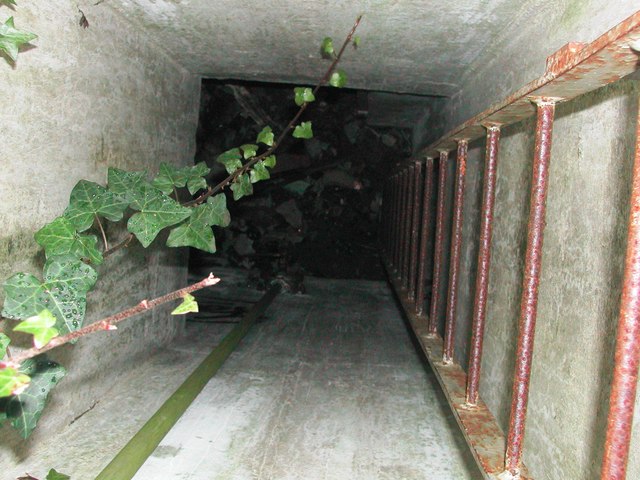Critical survival skill: Teach yourself and your kids situational awareness
06/21/2018 / By Frances Bloomfield

The best way to get out of any bad situation is to avoid it in the first place. This is what makes situational awareness so essential a survival skill. In a nutshell, situational awareness is paying attention to your surroundings, processing what you’ve perceived, and basing your actions on your observations. Possessing a high degree of situational awareness is something you and your family should all strive for. Fortunately, you can develop it with a lot of practice, a fair bit of time, and the OODA Loop.
What is the OODA Loop?
This the key concept of U.S. Air Force fighter pilot and Pentagon consultant, John Richard Boyd. The OODA acronym stands for “Observe, Orient, Decide, Act” and was originally applied to combat operations process in the 1970’s. These days, the OODA Loop is used in everything from litigation to business to medicine to, you guessed it, situational awareness. According to ThePreppingGuide.com, the OODA Loop is the key to cultivating and eventually mastering situational awareness, as you’ll see below.
How to develop situational awareness
- Observe your surroundings — Look around and make note of everything you see. People, objects, events, conditions — these are all elements that you need to keep a very keen eye on. When you’ve done that, you should assess what the norm should be in your situation. For instance, being in a wooded area will have you encounter little to no people and greet you with the intermittent sounds of animals and wind. Now, look out for any elements that don’t belong. In the case of the woods scenario, it’s either sudden silence or an abrupt burst of noise all around you. Behaviors, noises, and objects that are out of the ordinary deserve your attention so that you can take the next step, which is to…
- Orient yourself — In order to know what to do with the information you’ve gathered, you have to place them into context of what would be normal in your present environment. When you’ve established what normal or what the “baseline” is, then you can move on to the anomalies. When confronted by noise or lack thereof in the woods, you should ask what could be causing it.
- Decide what to do next — Now that you have everything you need, you need to formulate a plan. You may only have a few seconds to do this so it definitely pays to be able to think on your feet. Say that the noise or absence of it is being caused by another human being. If you see that they’re unarmed and seem to be more lost than anything, then you can choose to confront them and query them about their presence in your area. If they appear to be packing heat and look like they’re out to cause trouble, then you can opt to hide until the danger has passed or sneak off to inform the rest of your companions that a potentially dangerous stranger is nearby. Again, your plan should be based on what you’ve observed.
- Act out your plan — Having a plan is one thing, but having the stones to carry it out is another. Situational awareness isn’t just pure observation; it will also call for you to commit to an action. This is especially necessary if you’re thrust into a survival situation since every action you make can and will make an impact. (Related: You must act fast when SHTF: What to do in the first hour.)
- Practice, practice, practice — You can’t perfect situational awareness in one go. It requires effort to bone up. Set aside an hour or two right now to practice your situational awareness. If you have any kids, then get them involved too so that they can have this skill early on. You’re never too old or too young to acquire a life-saving skill.
Discover other essential skills that you and your family can benefit from by visiting Preparedness.news today.
Sources include:
Tagged Under: how to, preparedness, prepping, situational awareness, survival, survival skills



















